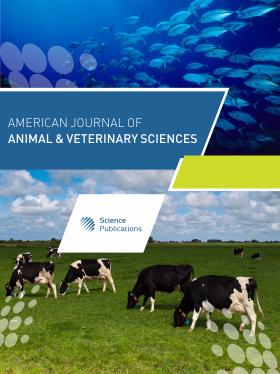A Systematic Review of the Prevalence of Avian Hepatitis E Virus in Bird’s Husbandry Worldwide, 2000-2023 Prevalence of Avian Hepatitis E Virus
- 1 School of Microbiology, University of Antioquia, Colombia
Abstract
Avian Hepatitis E virus (aHEV) constitutes a serious animal health problem and involves significant losses in poultry production; however, epidemiological evidence is scattered. Analyze the prevalence of aHEV infection in bird husbandry and its histopathological and phylogenetic characteristics based on scientific publications worldwide from 2000- 2023.Systematic review applying the Johanna Briggs Institute guidelines and the PRISMA guide. Exhaustiveness, reproducibility, and evaluation of the methodological quality were guaranteed. Random effect meta-analyses were performed estimating the prevalence of aHEV by ELISA and RT-PCR. Heterogeneity was evaluated with I2, publication bias with the Begg statistic, and sensitivity using the influence graph.342 publications were identified, and 22 complied with the protocol; 10 used ELISA, 6 RT-PCR, and 6 both tests. The majority of studies were conducted in Asia; from America, only three studies were found in the United States. Seroprevalence in studies using ELISA ranged from 7.7 - 52.0%, with a pooled measure of 32.2.1% (95% CI: 31.4-33.1) in 12,287 birds. The molecular prevalence fluctuated between 5.1-74.4%, and the combined measurement in 3584 birds was 14.0% (95% CI 12.8-15.1). Statistically significant differences were found in the combined seroprevalence of in-house ELISA compared with the commercial one. Seroprevalence was 50% higher in adult birds (OR 1.5; 95% CI 1.1-2.2). In terms of molecular prevalence, statistical differences were found between asymptomatic and symptomatic birds. This study describes the main phylogenetic and histopathological findings of aHEV. The prevalence of aHEV in poultry production around the world is high, and there is wide variability in exposure to the virus and infection in birds. The presentation of signs and symptoms associated with the infection is also variable. The absence of studies in Latin America, despite the demonstration of the circulation of aHEV in the United States, makes it imperative to develop epidemiological studies in this region.
DOI: https://doi.org/10.3844/ajavsp.2024.404.414

- 437 Views
- 226 Downloads
- 0 Citations
Download
Keywords
- Meta-Analysis
- Prevalence
- Systematic Review
- Seroprevalence
- Avian Hepatitis E Virus
- Phylogenetic
- Histopathology
